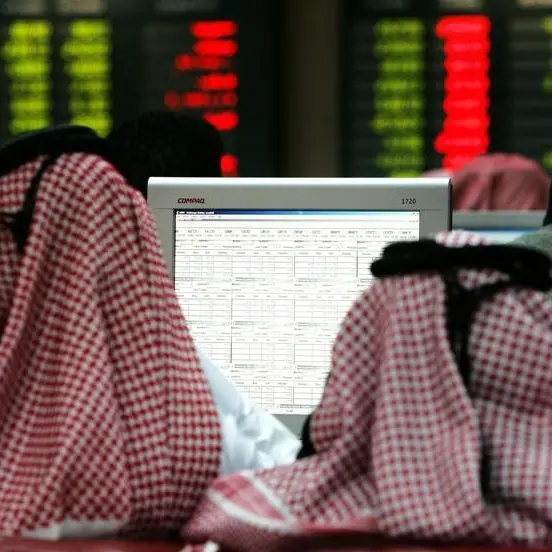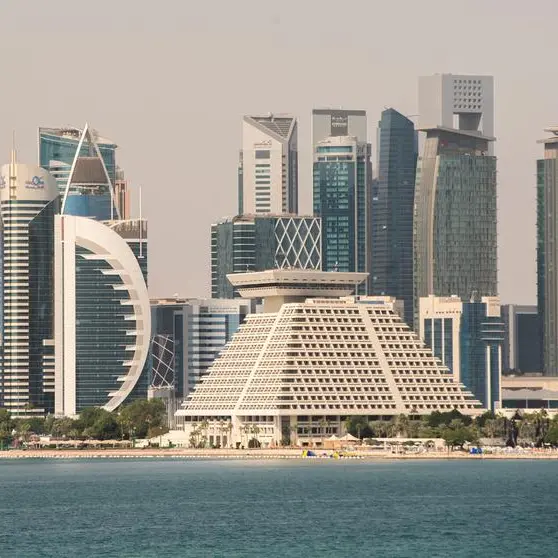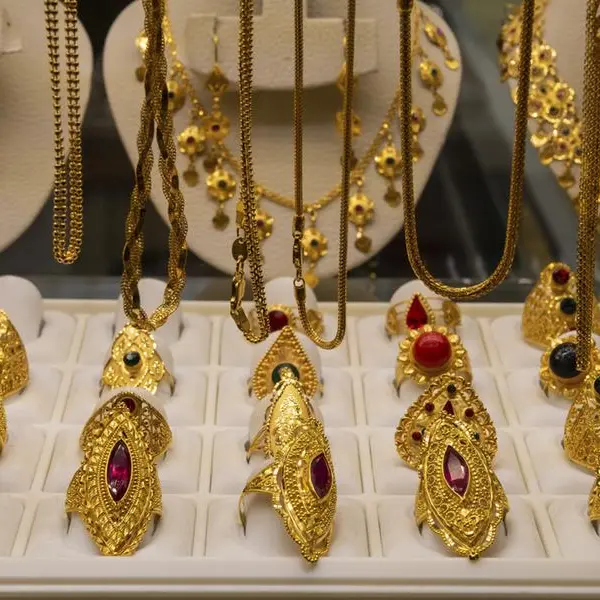PHOTO
An analysis by BMI, a Fitch Solutions company, has put the chance of a full-scale war between Israel and Iran involving other countries in the region at 10%.
There is a 10% chance of the worst-case scenario, in which Israel could carry out a large-scale retaliation leading to a full-scale war and countries in the region would “certainly get involved and pick a side”, Ramona Moubarak, the head of MENA country risk at BMI, said in a report. It came following the weekend drone attack by Iran on Israel.
The analysis, Israel-Iran Tensions: What’s next? said if there was ‘modest retaliation’ by Israel after the weekend attacks, there was 50% chance that Iran will perceive the attack as limited and engage in smaller magnitude retaliation.
However, there is a 15% chance of Iran perceiving any retaliation by Israel as forceful, and then retaliating strongly which could again cause escalation and require ‘massive diplomatic efforts’ to de-escalate.
The research put the probability of Israel instead choosing to focus on the conflict in Gaza at 25%, saying if that was the case, there would a slightly higher geopolitical risk than there was prior to the attack on the Iranian Embassy in Syria on April 1 - with the Israel Hamas war dragging on into the second half of 2024.
Worst-case scenario
According to Samer Talhouk, senior analyst, MENA country risk at BMI, tensions could compromise diversification plans in the GCC as it would be harder to draw in foreign investors that are more risk adverse.
Talkhouk said oil prices would spike in the event of BMI’s worst-case scenario to more than $150 per barrel, especially as Israeli strikes would remove some of the Iranian oil barrels from the market.
“Iran could also move to blockade the Strait of Hormuz in that scenario, it’s not a possibility that we would disregard, which would leave the GCC unable to export some of its oil and lead to more oil supply constraints,” he said.
“Overall, while this is not our core view, we think it remains a tangible risk, and this is why we think investors should factor it into their decision making.”
The paths of the three scenarios were not static, and that if the ‘green’ scenario, in which Israel continues to focus on Gaza, were to happen, it did not mean that things cannot escalate and move into the worst outcome, Moubarak said.
“Back in October, in the few weeks after the start of the Israel-Hamas war, we did a scenario analysis and we had a 25% of the war escalating in Gaza to a direct confrontation and possibly dragging the US into it,” she said.
“Six months later we are now facing a possibility of a direct confrontation between Israel and Iran.”
Saudi and UAE want stability in region
Saudi Arabia ‘would want stability’ in the region due to the impact of tensions on its economic transformation plans and growth for the region in general, as would the UAE, Talhouk noted.
“Stability and lower geopolitical tensions are what they would be aiming for, the best-case scenario for them is Israel does not retaliate,” he said.
Gold
Gold has outperformed most commodities in 2024, gaining 14% year-to-date.
If there were no retaliation by Israel, gold would likely keep a price range of $2,250 to $2,400 an ounce. In the case of limited retaliation, it is likely to reach $2,400 to $2,500, Moubarak said.
In the event of a large-scale retaliation from Israel, it would likely rise further to reach $2,500 to $2,700 an ounce, she added.
(Reporting by Imogen Lillywhite; editing by Seban Scaria)





















